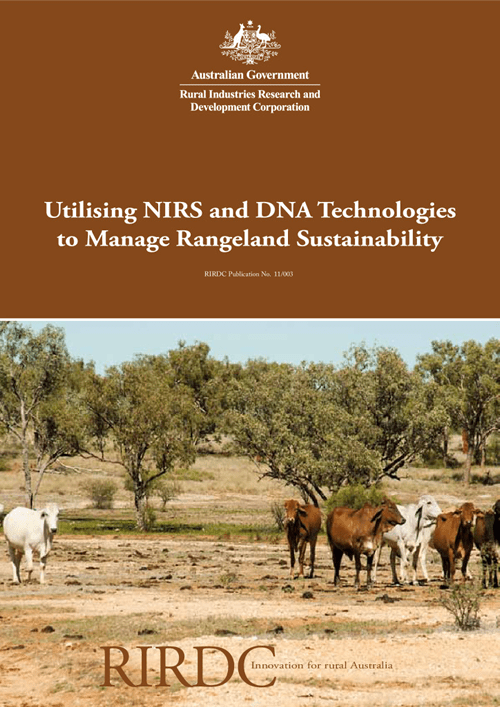This RIRDC report investigates the combined use of two new technologies, near infrared spectroscopy (NIRS) and DNA analysis to determine rangeland condition via analysis of animal faeces. By using these technologies in combination, it is possible to extend the effectiveness of each, thereby providing a valuable management tool for rangeland producers (and others).
The quality of the diet of grazing animals has a profound effect on their productivity and profitability. Extended periods of nutrient deficiency are often the cause of losses in animal weight, reproductive efficiency and health. By employing the techniques specified in this report it is possible to more closely manage nutrient requirements and thus increase productivity.
The report is targeted at rangeland producers, consultants and associated researchers. It will also be of particular benefit to managing agencies and those interested in rangeland condition.





